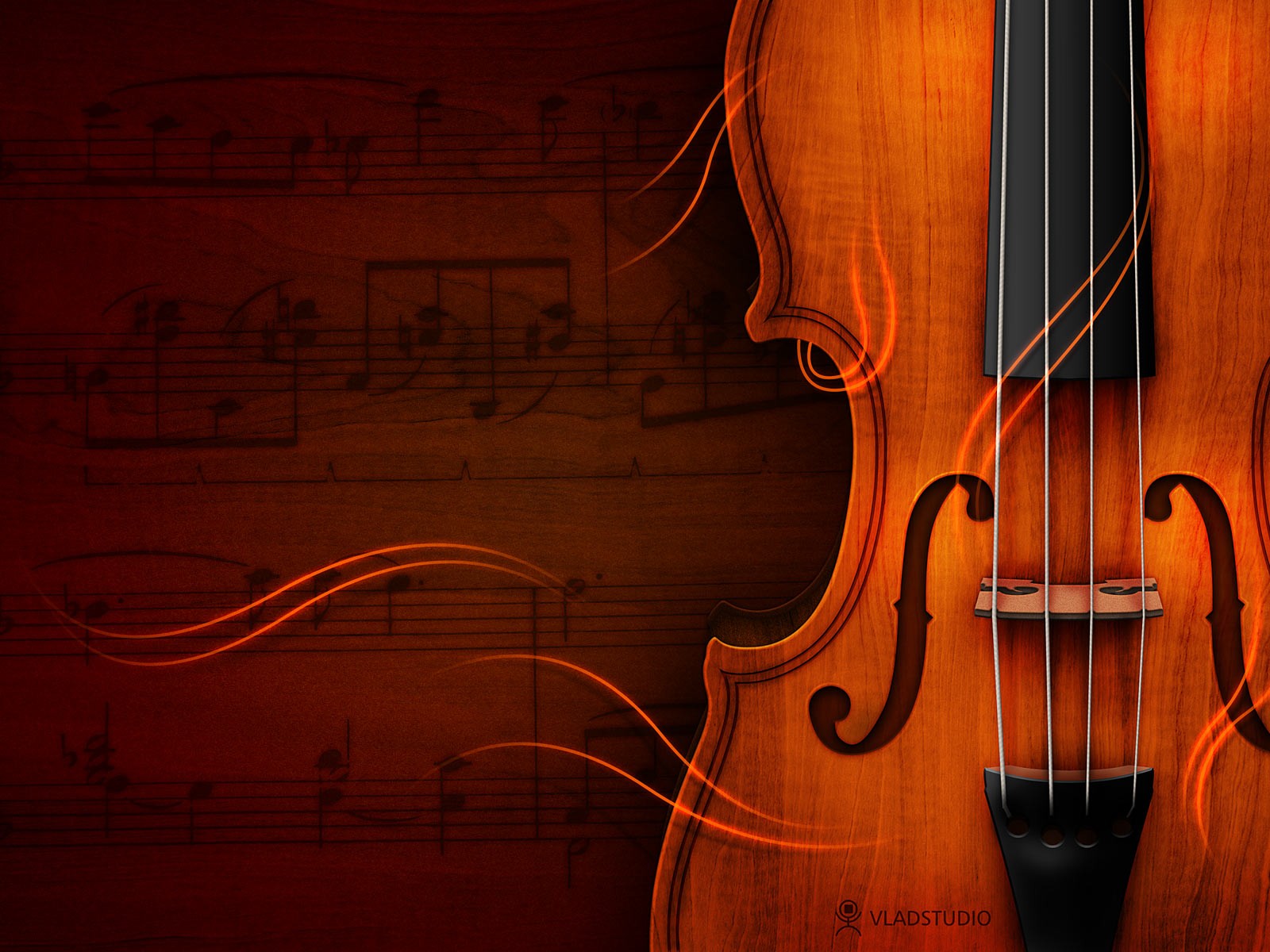Embarking on the journey into the world of orchestral music can be an exciting adventure for young minds. The orchestra, a grand ensemble of instruments, creates a rich tapestry of sounds that has captivated audiences for centuries. But where do you begin to understand this vast and vibrant world? This guide is your starting point, a fun and informative exploration to help you navigate the different sections and instruments that make up an orchestra. Understanding the orchestra isn’t just about knowing the names of instruments; it’s about discovering the unique character and role each one plays in creating the magnificent sound of orchestral music.
The orchestra is traditionally divided into four main sections, each with its own distinctive sound and family of instruments: Strings, Woodwinds, Brass, and Percussion. Think of it like a team, where each section contributes its special skills to create a winning performance. Let’s explore each of these sections and some of the fascinating instruments within them.
The String Section: The Heart of the Orchestra
Often considered the heart of the orchestra, the string section is the largest group and provides a warm, rich foundation for the overall sound. Instruments in this section produce sound through vibrating strings, typically played with a bow.
Violins: The Bright Voices
Violins are the soprano voices of the string family, known for their bright and expressive sound. They are divided into two groups: first violins and second violins. First violins often play the main melodies and are known for their more virtuosic and technically demanding parts. Think of them as the lead singers in a band! Second violins provide harmonies and support, playing equally important but often less prominent roles. Imagine them as the backing vocalists, adding depth and richness to the overall sound. Both first and second violins are essential for the full, vibrant sound of the orchestra.
Violas: The Warm Middle Ground
Larger than violins and tuned lower, violas have a warmer, mellower tone, often described as the alto voice of the string section. They fill the middle range of the orchestra, providing a crucial link between the bright violins and the deeper cellos and basses. Violas often play harmony and inner melodies, adding richness and depth to the orchestral texture. They are sometimes jokingly referred to as the “unsung heroes” of the orchestra, quietly but powerfully contributing to the overall sound.
Cellos: The Rich Tenors
Cellos are larger still than violas, producing a rich, resonant sound in the tenor range. Their sound is often described as warm, expressive, and sometimes melancholic. Cellos are incredibly versatile, capable of playing both melodic lines and harmonic support. They are frequently featured in solo passages within orchestral pieces, showcasing their beautiful and emotive tone. The cello’s range and expressive capabilities make it a truly captivating instrument.
Double Basses: The Deep Foundation
The largest and lowest-pitched instruments in the string family are the double basses (or simply basses). They provide the deep, foundational sound of the orchestra, creating a powerful and grounding presence. Basses often play the lowest notes, anchoring the harmony and providing rhythmic drive. While not always playing melodies, their role is absolutely crucial for the overall depth and resonance of the orchestral sound. Imagine them as the strong bass line in a pop song, providing the rhythmic and harmonic bedrock.
The Woodwind Section: A Rainbow of Timbres
The woodwind section offers a diverse palette of sounds, from the bright and agile flute to the mellow and soulful clarinet. Despite the name “woodwind,” not all of these instruments are made of wood today, but they all produce sound by blowing air and causing a reed (or air itself, in the case of the flute) to vibrate.
Flutes: The Agile High Voices
Flutes are known for their bright, clear, and agile sound. They are the highest-pitched woodwind instruments, often playing fast, intricate melodies and adding a sparkling quality to the orchestra. Think of the flute as the acrobats of the orchestra, nimble and graceful. The piccolo, a smaller version of the flute, is even higher and brighter, adding a piercing brilliance when needed.
Clarinets: Versatile and Expressive
Clarinets are incredibly versatile instruments, capable of producing a wide range of tones, from mellow and smooth to bright and penetrating. They are often described as having a warm, rich, and sometimes melancholic sound. Clarinets are used in a variety of musical styles and are known for their expressive capabilities, able to convey a wide range of emotions.
Oboes: The Distinctive Double Reed
Oboes are known for their distinctive, slightly nasal, and penetrating sound. They use a double reed, which contributes to their unique timbre. Oboes often play melodies and have a particularly expressive and poignant quality. They are also crucial for tuning the orchestra, as the oboe typically plays the “A” to which all other instruments tune.
Bassoons: The Deep and Humorous
Bassoons are the bass voices of the woodwind family, producing a deep, warm, and sometimes comical sound. Like the oboe, they use a double reed. Bassoons are known for their wide range and versatility, capable of playing both lyrical melodies and humorous, staccato passages. They add a unique depth and character to the woodwind section and the orchestra as a whole.
The Brass Section: Powerful and Majestic
The brass section brings power, majesty, and brilliance to the orchestra. Brass instruments are made of metal and produce sound by the player buzzing their lips into a mouthpiece.
Trumpets: Bright and Heroic
Trumpets are known for their bright, clear, and powerful sound, often associated with heroism and fanfare. They are the highest-pitched brass instruments and are used for both melodic and rhythmic passages. Trumpets can be both brilliant and lyrical, adding excitement and grandeur to the orchestra.
French Horns: Warm and Mellifluous
French horns, often simply called horns, have a warmer, mellower, and more rounded sound compared to trumpets. They are incredibly versatile, capable of playing both powerful and lyrical passages. Horns often create a rich, velvety texture in the orchestra and are known for their beautiful and expressive sound.
Trombones: Grand and Sonorous
Trombones produce a grand, sonorous, and powerful sound. They use a slide to change pitch, creating their characteristic “glissando” or sliding effect. Trombones often play in harmony with other brass instruments, adding weight and power to the orchestral sound.
Tubas: The Deepest Brass
Tubas are the lowest-pitched brass instruments, providing the deep bass foundation for the brass section and the orchestra as a whole. They produce a massive, resonant, and powerful sound, adding weight and depth to the overall texture. Tubas are essential for creating a full and powerful orchestral sound, particularly in climactic moments.
The Percussion Section: Rhythm and Color
The percussion section is the most diverse section of the orchestra, encompassing a wide array of instruments that are struck, shaken, or scraped to create sound. Percussion instruments provide rhythm, color, and special effects to the orchestra.
Timpani: The Tuned Drums
Timpani, also known as kettledrums, are large, tuned drums that are crucial for the rhythmic and harmonic foundation of the orchestra. They can be tuned to specific pitches, allowing them to play melodies and harmonies as well as rhythmic patterns. Timpani are often used to create dramatic effects and build tension in orchestral music.
Untuned Percussion: A World of Sounds
The untuned percussion section includes a vast array of instruments such as snare drum, bass drum, cymbals, triangle, tambourine, xylophone, marimba, and many more. Each instrument adds its unique color and texture to the orchestral palette. From the sharp crack of the snare drum to the shimmering crash of cymbals, percussion instruments are essential for creating rhythmic drive, highlighting accents, and adding special effects. The percussion section is like the spice rack of the orchestra, adding flavor and excitement to the musical dish.
The Harp: A Special Addition
While not always included in every orchestral piece, the harp is a beautiful and unique instrument that often adds a touch of elegance and ethereal beauty. It is a plucked string instrument with a distinctive triangular shape. The harp’s shimmering, delicate sound can create magical and enchanting effects in the orchestra. It is often featured in solo passages and adds a special color to the overall texture.
Exploring Further
This is just a glimpse into the fascinating world of the orchestra. Each instrument has its own rich history, unique characteristics, and important role to play. The best way to truly understand and appreciate the orchestra is to listen to orchestral music and, if possible, attend a live concert. As you listen, try to identify the different sections and instruments, and notice how they interact to create the amazing sound of the orchestra. There’s a whole universe of musical discovery waiting for you within the orchestra!

